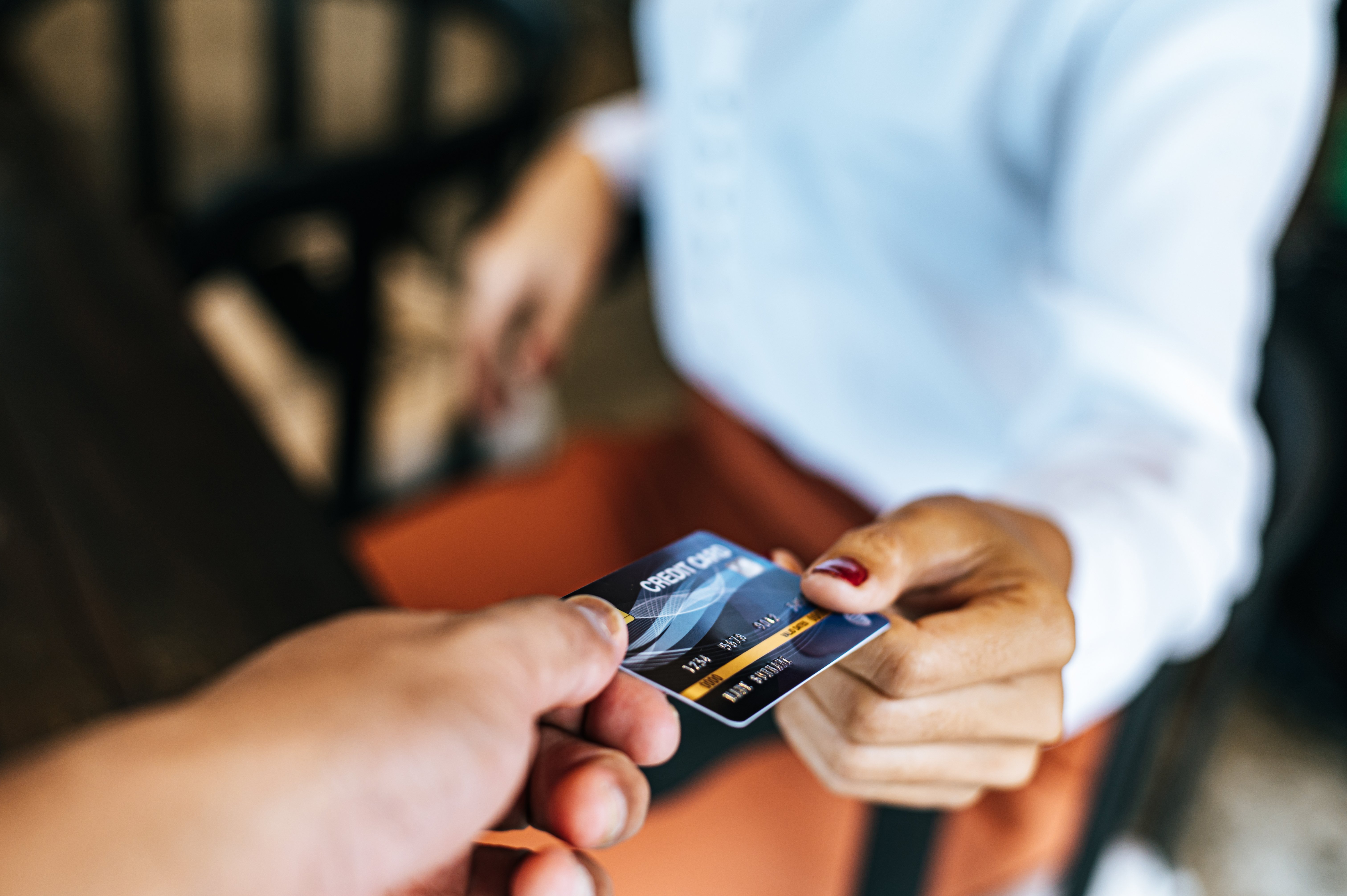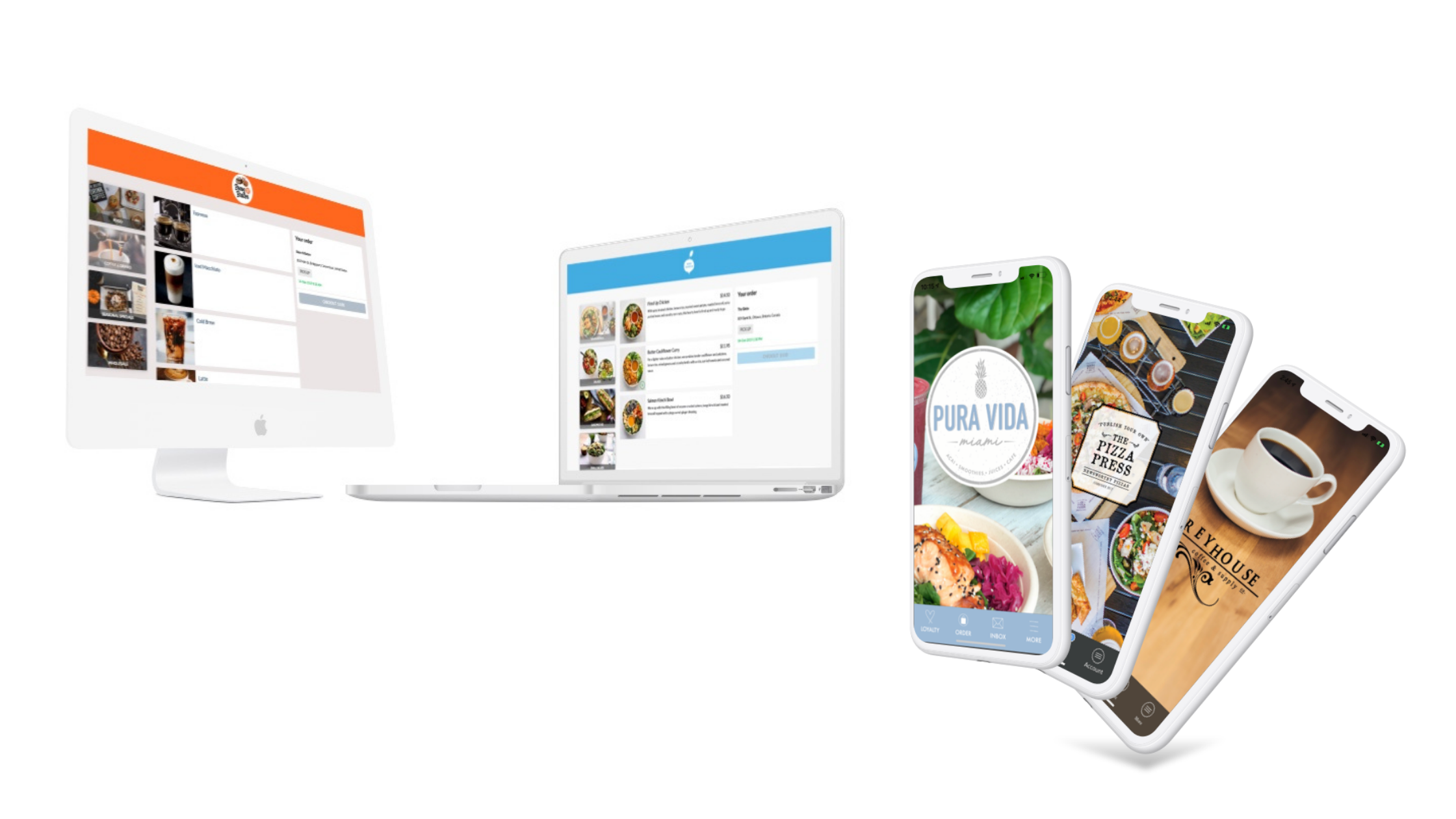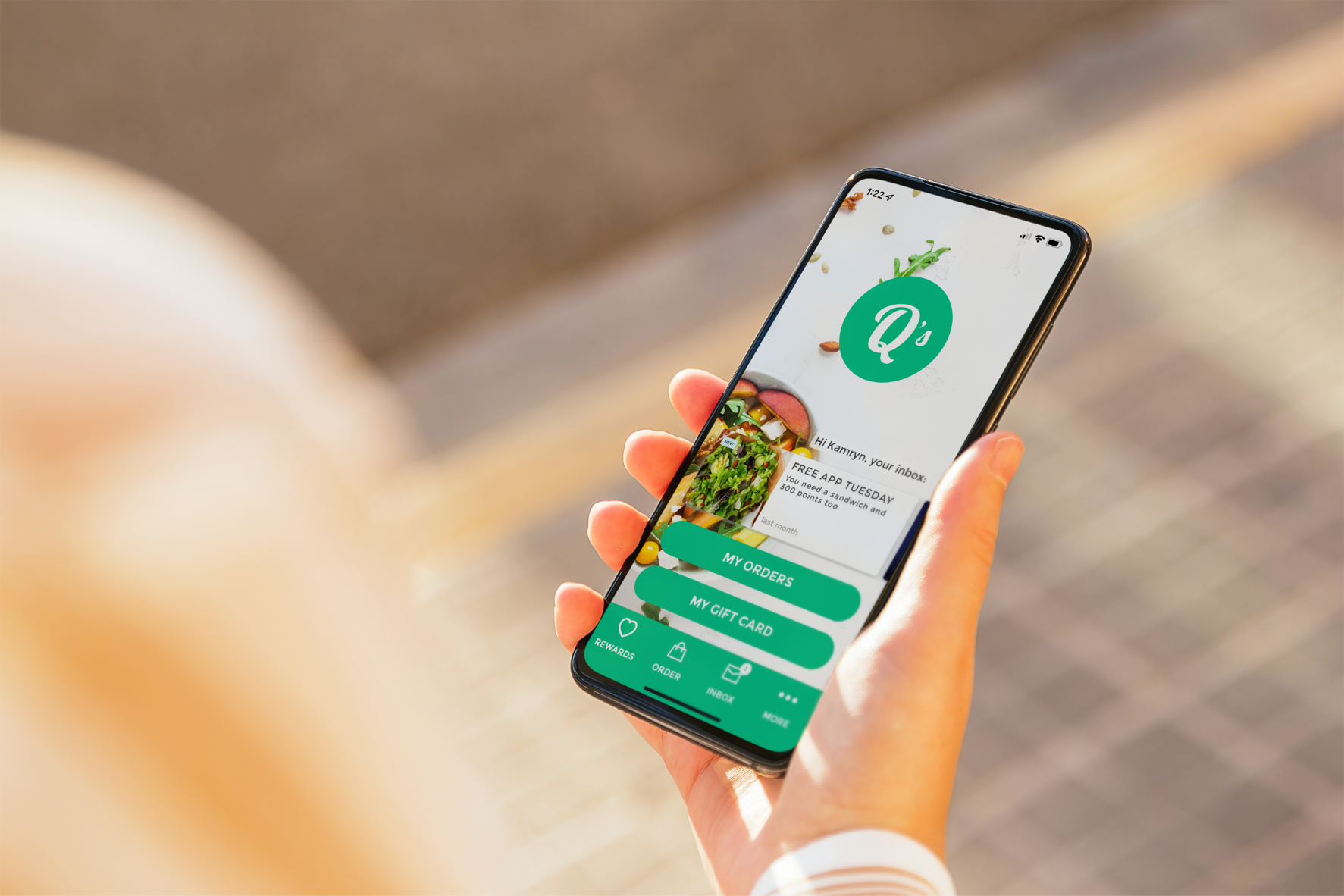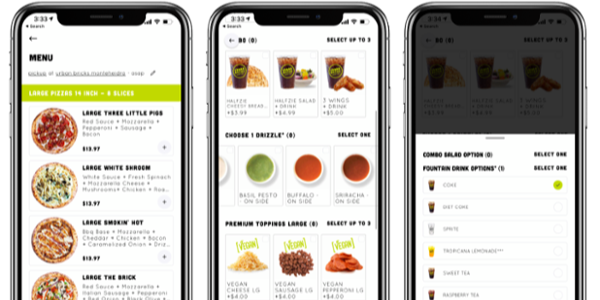As most restaurants know, loyalty programs have emerged as a cornerstone strategy for customer retention and engagement— and as technology continues to grow, so too do loyalty programs evolve. Whether you want to reap the full benefits of an app-based loyalty program or keep it classic with non-app programs, you can still optimize and have your program improve your customer retention.
The Digital Revolution: App-Based Loyalty Programs
The Power of Personalization and Data
App-based loyalty programs are a goldmine for data-driven insights. Through customer interactions with the app, restaurants can collect valuable data on dining preferences, purchase history, and even the time and frequency of visits. This information paves the way for highly personalized marketing strategies and tailored rewards, elevating the customer experience to new heights.
Pros:
- Enhanced Customer Experience: The convenience of accessing loyalty rewards, placing orders, and receiving updates via smartphones is unparalleled.
- Direct Marketing Channel: Apps serve as a direct line to customers, allowing restaurants to push notifications about promotions or new menu items instantly.
- Operational Efficiency: For QSRs and Fast Casuals, speed is king. Features like mobile ordering and payments can drastically reduce wait times and improve service efficiency.
Cons:
- High Initial Investment: Developing a sophisticated app comes with substantial costs, not to mention ongoing maintenance and updates.
- Adoption Barriers: Some customers might be hesitant to download another app due to privacy concerns or limited smartphone storage.
- Dependency on Technology: This approach leans heavily on customers having access to smartphones and a stable internet connection.
The Traditional Touch: Non-App Loyalty Programs
Despite the tech wave, traditional loyalty programs like punch cards or receipt-based rewards still have a strong presence in the industry. They offer a sense of familiarity and accessibility that some customers prefer.
Pros:
- Simplicity and Accessibility: These programs are straightforward and require no tech-savvy skills, appealing to a broader demographic.
- Lower Costs: Compared to app development, setting up a card or receipt-based program is relatively inexpensive.
- Wider Appeal: They cater to customers who prefer a tangible element or are less inclined towards digital solutions.
Cons:
- Limited Customer Insights: Unlike digital platforms, these methods offer minimal data on customer behavior.
- Physical Hassle: The need to carry a loyalty card or keep track of receipts can be inconvenient and outdated for some.
- Reduced Engagement Opportunities: Lack of digital interaction means fewer chances for personalized engagement and marketing.
Application in Quick Service and Fast Casual Restaurants
The choice between app and non-app loyalty programs isn't one-size-fits-all; it varies significantly based on the restaurant type and target customer base.
For Quick Service Restaurants (QSRs):
QSRs thrive on speed and convenience, making app-based programs a natural fit. The ability to order ahead, pay via the app, and quickly collect rewards aligns perfectly with the fast-paced nature of these establishments. However, for walk-in customers or those seeking quick, no-fuss transactions, a simple stamp or punch card can still be effective.
For Fast Casual Restaurants:
Here, the dining experience is more relaxed and immersive. An app-based program can enhance this experience by fostering a sense of community, encouraging social sharing, or integrating customer feedback mechanisms. However, a blend of digital and traditional methods can cater to a diverse customer base, including those who might not visit as frequently but still value loyalty rewards.
Striking the Right Balance
The decision between app-based and non-app-based loyalty programs hinges on several factors:
- Customer Base: Understanding the demographics and preferences of your customer base is crucial. Younger, tech-savvy customers might lean towards digital solutions, whereas an older demographic might prefer traditional methods.
- Brand Identity: The loyalty program should align with the restaurant's brand image and values. A high-tech app might suit a modern, upscale QSR but could be out of place for a small, family-run diner.
- Cost vs. Benefit Analysis: Weighing the initial investment and ongoing costs against the potential increase in customer retention and spending is vital for making an informed decision.
- Flexibility and Scalability: Consider how easily the program can be adapted or scaled as the business grows and customer needs evolve.
Deciding on App vs. Non-App Loyalty Programs
In the dynamic world of restaurant businesses, understanding the nuances of different loyalty program approaches is key. While app-based programs offer modernity and data-rich insights, traditional non-app methods maintain their charm through simplicity and broad appeal. For QSRs, the efficiency and speed of apps can be a game-changer, while fast casual restaurants might benefit from a more balanced approach. Ultimately, the choice should align with the restaurant's customer base, operational style, and long-term strategic goals.
By thoughtfully implementing these programs, restaurants can not only retain loyal customers but also create memorable dining experiences that keep them coming back for more.





Comments